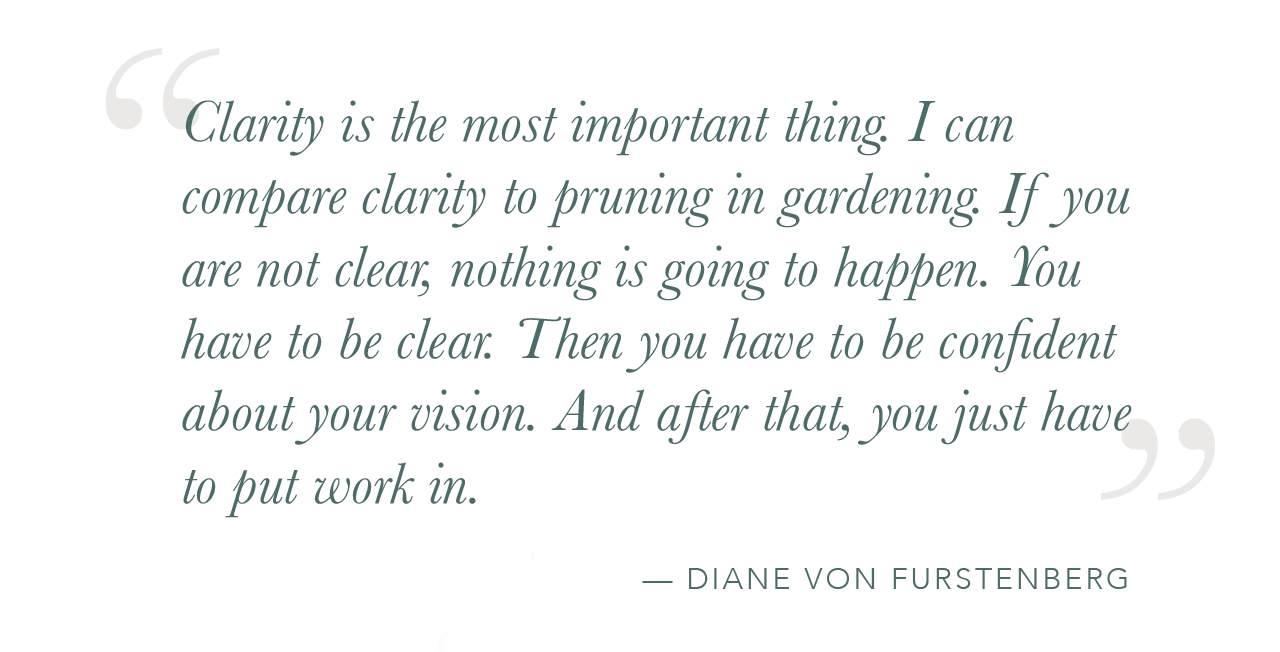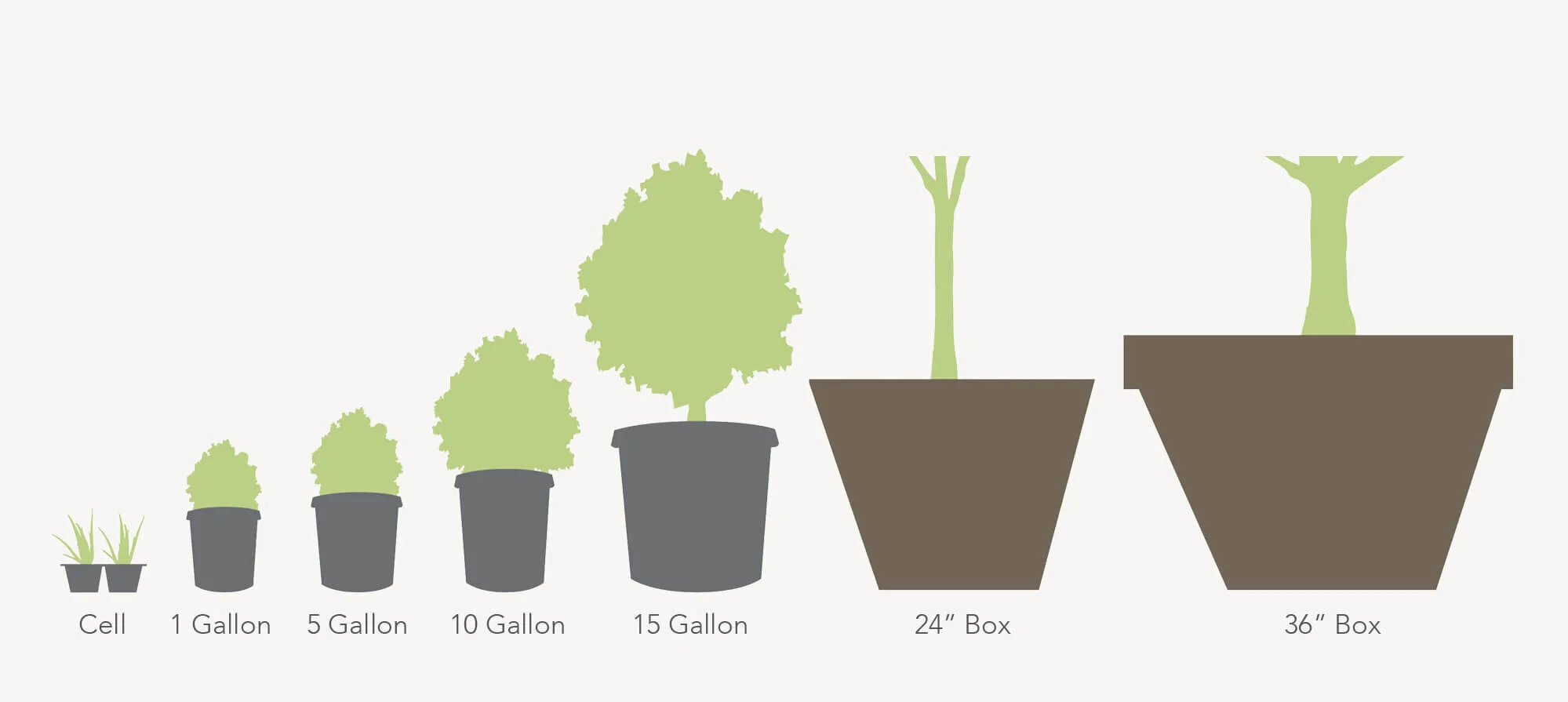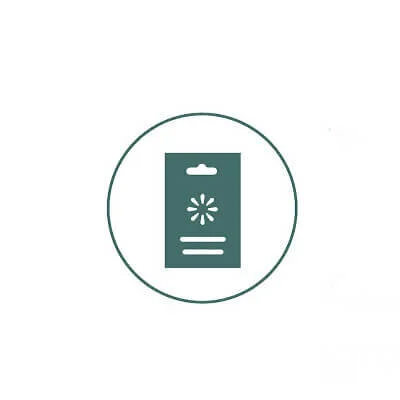Buying Plants: A How-to Guide for Navigating a Nursery
Walking into a nursery or garden center can be overwhelming. Here’s your survival guide to picking the best plants for your yard.
Most home improvement stores, like Lowe’s and Home Depot, have a garden center for one-stop-shopping for landscaping supplies and bulk plants. Though local nurseries often have a broader range of plant species that may be better suited to your local climate.
When buying plants, it’s important to pick healthy specimens and the right species to flourish in your outdoor spaces.
How to Walk into a Nursery with Confidence
Visit a nursery or garden center in your area to find plants that are suited to your climate. If you’ve enlisted pros to install or maintain your yard, landscape contractors and landscaping companies often have relationships with wholesale nurseries in the area. They can source most plants (even those not usually in stock) and at reasonable prices. Increasingly, online stores can ship plants right to your door.
Be sure to give the nursery tags and the plants themselves a careful look before purchasing. Some stores guarantee their plants will thrive in your yard, so be sure to ask whether the store you’re in offers a money-back return policy.
Not sure how much soil, mulch, or groundcover to buy? Try an online calculator, like this one from Midwest Groundcovers. Simply enter the size of your space and let your computer do the math.
How to Know your Soils
Many nurseries will ask about the soils on your property to find proper fertilizers or soil amendments. A quick soil test (bought in garden centers or online) will help you find the best plants, amendments, and fertilizers for your soil type and pH levels. Sample a few different spots, as soil types may vary even across a small area.
CLAY SOILS have small, uniform particles that hold little water or air. Because the particles are tightly packed, drainage is very slow.
SANDY SOILS have loose, larger particles with lots of air. Sandy soils drain well but lose moisture quickly, causing nutrients to leach through the soil.
LOAM SOILS are a well-balanced mixture of clay, silt and sand, causing it to drain well and hold nutrients.
How to Read Plant Tags
A plant tag at the nursery has several names. A plant’s common name varies regionally. It scientific name is the Latin written in italics, listing the genus, species and cultivar of a plant. The cultivar is a variation of a species and will be in quotes. Take the tree we can thank for the olives on our pizzas:
Common Names: Common Olive, or Sevillano Olive
Latin Name: Olea europaea ‘Sevillano’
Subtle differences in plant names may cause big surprises. Varieties can vary dramatically in size and color. Ask for a substitute and double-check labels for:
A plant labeled ‘compacta’ is a dwarf variety that may grow half as tall as its standard stock.
‘Single’ or ‘multi’ stem are different trunk forms for some larger shrubs and trees (like crape myrtles)
How Nursery Pot Sizes Work
You may find the same plant variety in different sizes. In common nursery potting, each size up is usually one additional year of growth. Larger plants will be more expensive.
How to Pick Healthy Plants
Give each plant a careful inspection before purchasing. Trust your gut: if it looks unhealthy under the optimal conditions of a nursery, it likely won’t thrive in a newly landscaped space.
How to Save Money
Make your list and stick to it. Plan ahead at home to avoid overbuying: roughly how many plants (at their mature size) you’ll need for the area you have to fill.
Avoid fancy, obscure species or impulse buys. These often end up unhappily planted in the wrong spot. Instead, create a strong foundation for your garden with local favorites by buying hardy basics in bulk.
Buy smaller plants. Give these little ones a few years and they’ll look as good as more mature species. This approach is especially effective if you’re investing in curb appeal down the road.
Shop sales. Visit garden centers when they trim inventories at the end of a season. Join the mailing list for your neighborhood botanical gardens and gardening clubs to hear about fundraisers with locally adapted plant species on sale (plant enthusiasts are also often caring for your new purchase).
Try seeds, rather than pots or flats. For seasonal interest, try growing vegetables, and annual flowers from seeds. Cosmos, zinnias, sunflowers, and morning glory flowers are often easily grown from seed, as are peppers, zucchini, tomatoes, and lettuce.
We always recommend starting with a clean slate by removing any plants or debris in the areas that you’d like to enhance. Weed and prune what remains before installing anything new.
As you’re considering what to plant, chat with friends and neighbors about what works and what doesn’t in your area. You’re likely to hear some great stories.
We’re here to help. Reach out to hello@yardkit.com to let us know how your projects are going.










